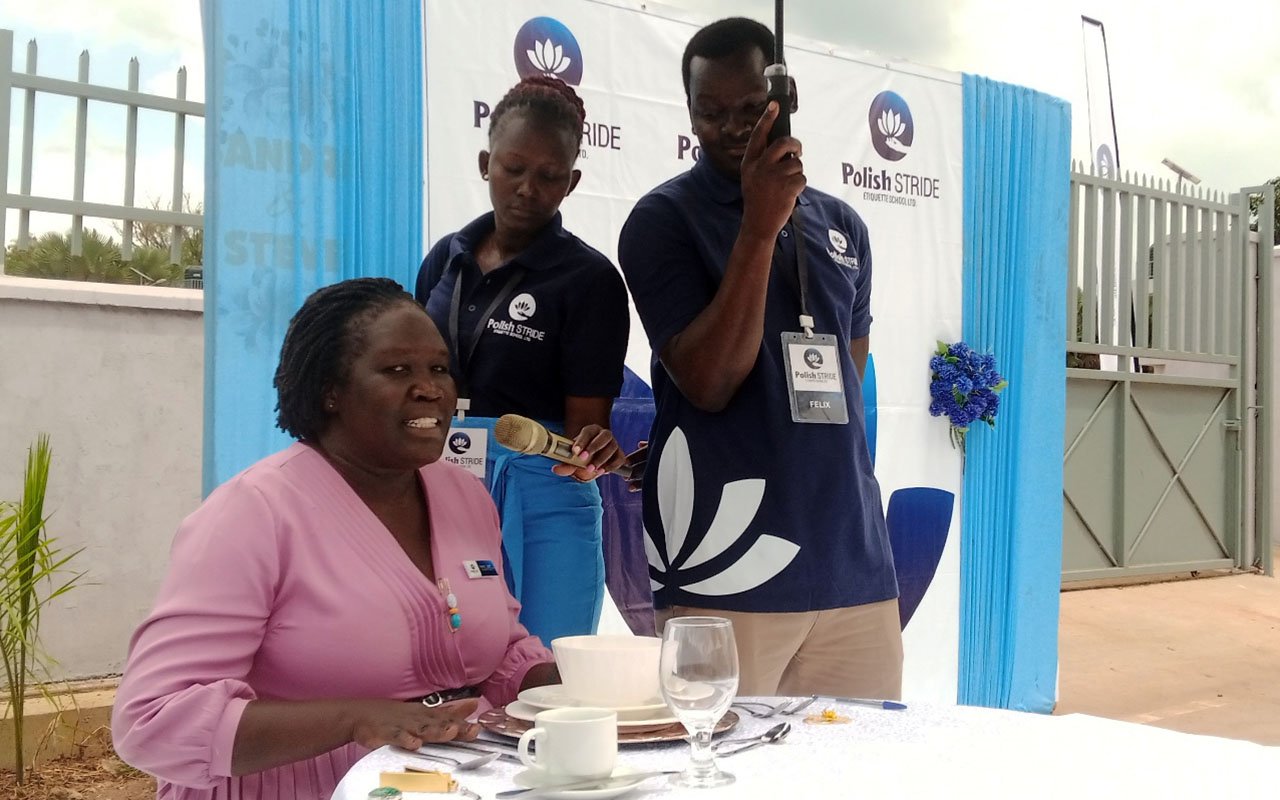Prime
Meet the man who rescued Ugandan soldiers in the crash

Ben Simpson, the rescue pilot, who saved the Ugandan soldiers whose choppers crashed on Mt. Kenya last Sunday.
What you need to know:
Ben Simpson is the 37-year-old pilot who rescued Ugandan soldiers when the choppers they were flying in crashed on Mt. Kenya.
He came as a visitor in 1996. But instead of going back to his motherland in the UK, he opted to seek citizenship in neighbouring Kenya. Ben Simpson, the 37-year-old rescue pilot, says experience is what matters for one to perform rescue missions as the one he has just conducted that saved 21 Ugandan air force soldiers from the harsh Mt. Kenya.
Having conducted 15 rescue missions on Mt Kenya so far, Mr Simpson is the first person many call when there is a climber or any other person stranded up in the mountain.
The father of two says he started flying light air crafts 17 years ago and helicopters 10 years ago. “Before, I used to be an aero plane pilot but started flying helicopters after attending helicopter flying lessons at Eurocopter Company in South Africa,” he said.
Now a director at Nanyuki-based Tropic Air Company, Mr Simpson says his Eurocopter AS350B3 is the best type of helicopters for such missions. It is similar to the ill-fated Kenya Police helicopter which went down in Ngong forest killing cabinet Minister George Saitoti, his Assistant Orwa Ojodeh and four police officers.
Riding on luck
The tall, blonde and energetic Simpson was literally running out of breath on Monday as he ran several sorties up Mt Kenya and managed to bring down seven Uganda air force soldiers. He says many of those he rescues from the lonely mountain usually suffer from altitude sickness which affects their sense of judgement, adding that the Ugandan soldiers are very lucky to have been found so quickly and alive after the crash.
Mr Simpson says the highest he has ever flown in a rescue operation at Mt Kenya is 15,700 feet just 2,000 feet short of the summit. “This is the easiest rescue mission I have ever conducted since it was only 10,500 feet and is not as cold as higher up. For me it is only to minimise the risk because I understand the mountain very well,” he adds. He has even conducted one mission at Mt Kilimanjaro where he rescued a stricken climber from 14000 feet up.
Even though he grew up in the UK, Mr Simpson knows Kenya’s tallest mountain so well because he flies tourists there and has shot a number of movies from there for Tropic Air Company. The difficulty of the task that Mr Simpson describes as easy is made clear by the explanation of the senior KWS warden at Mt Kenya, Mr Simon Gitau who says that Mt Kenya and Rwenzori mountains in Uganda are considered the most dangerous for those who fly within East Africa.
Mr Gitau says that there have been 15 plane crashes on Mt Kenya since the 1930s.
On the other hand, Mr Simpson normally trains with the KWS officers on how to conduct rescue missions.
On this particular mission, Mr Simpson was called from Nairobi on Monday morning because his helicopter is one the few which could land in the steep and mountainous terrain. He found the initial group of soldiers on Monday after only 20 minutes of searching although he was forced to land some 400 metres away from the wreckage scene.
By this time, the soldiers had spent a night in the dense forest at the slopes of Africa second highest mountain. Simpson says it took him 30 minutes to locate the planes. He spotted the helicopter perched on trees and six of the occupants walking around it. “Immediately they spotted my helicopter they beckoned me to come to their rescue,” the Standard newspaper quoted Simpson. “I managed to get the first four who had no physical injuries. They told me they crashed in bad weather and that the captain had a bad back injury,” said the pilot.
The second run up to the mountain in the afternoon proved somewhat tricky with bad weather holding up the crew up the mountain for over four hours. The grim task facing the rescuers was never more evident than when they found the bodies of the two soldiers who had been confirmed dead on Tuesday last week.
The pilot of the chopper was still strapped onto his seat, while his colleague who had managed to escape from the burning chopper had removed his burning clothes and was found dead from hypothermia with his gun and rations by his side.
Mr Simpson adds that the Uganda Air force rescue mission was only made difficult because of the large number of people to be rescued. Despite such challenges, he says he is happy to be doing a job that involves saving lives in a country that has become his home.




